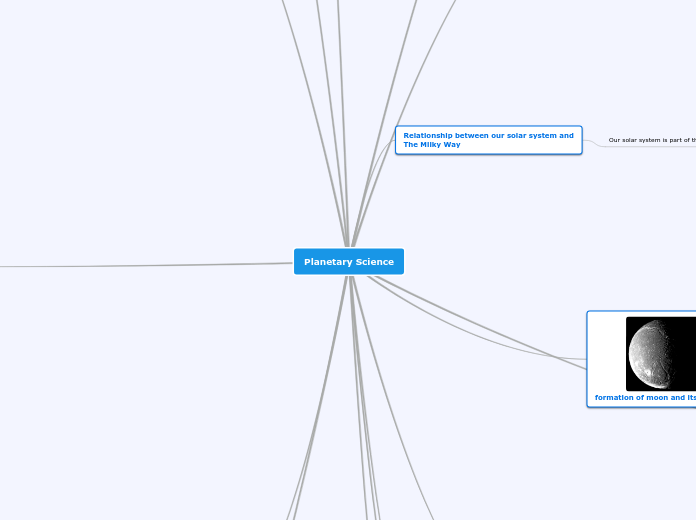Planetary Science
Rotating disk
It's about the Collapsing Interstellar Cloud
It's in stage one of collapsing interstella cloud
When gravity draws matter together , it eventuallty look like a rotating disk
Benefits of Space Exploration
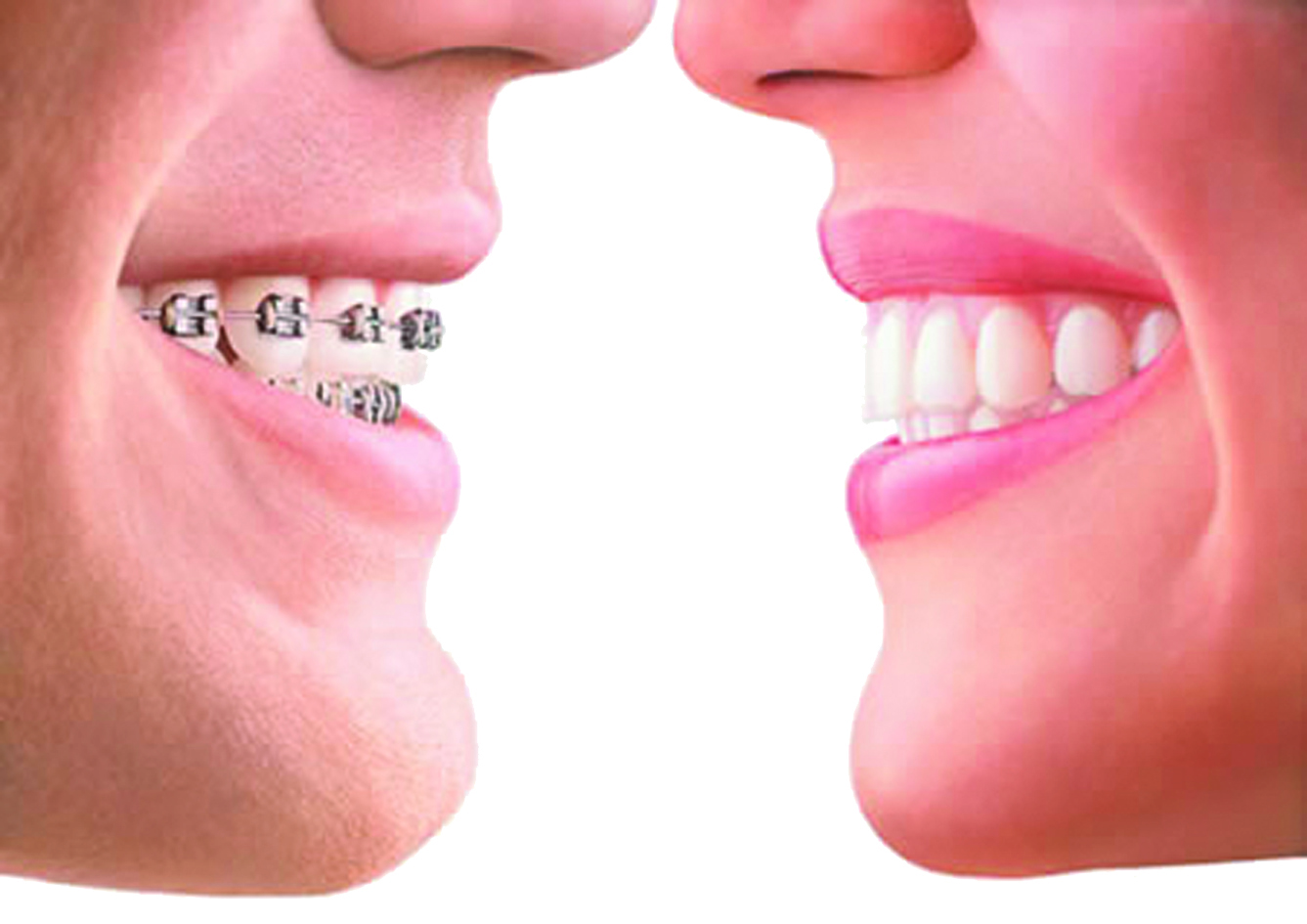
Invisible Braces
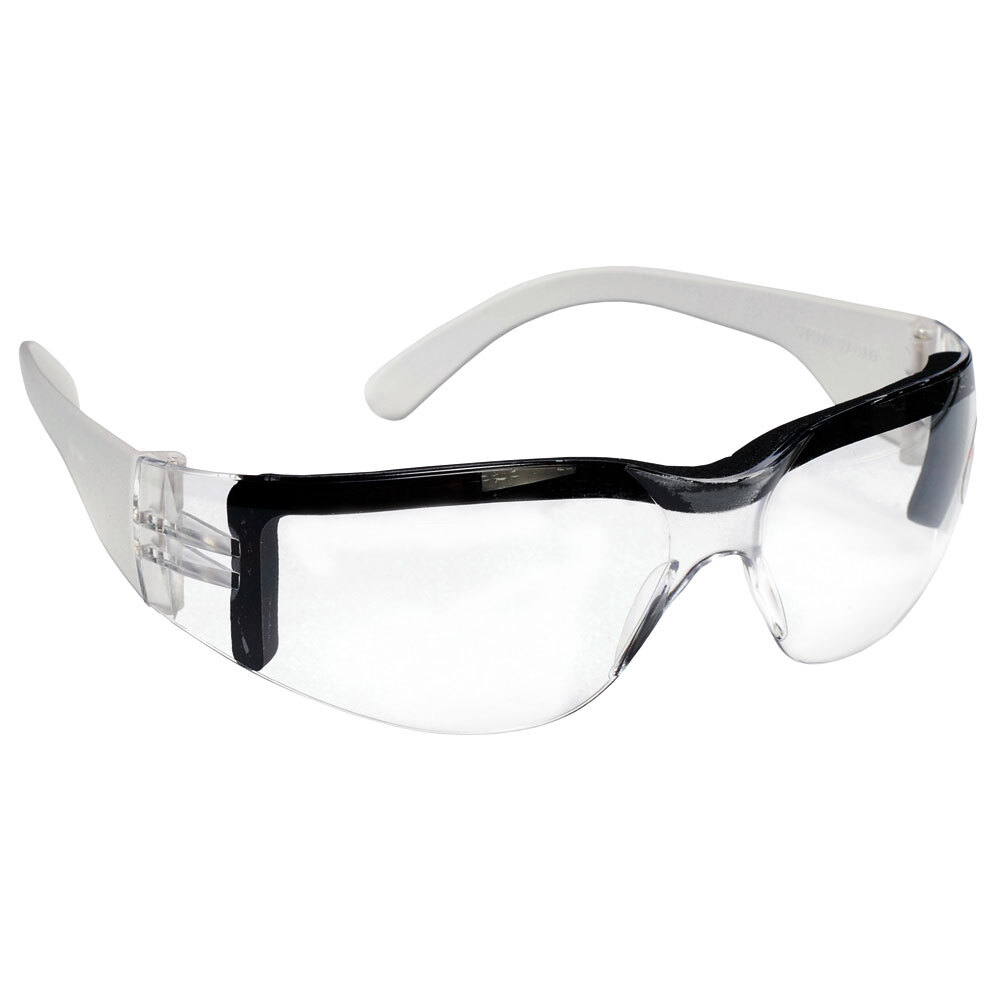
Scratch Resistant Lenses

Memory Foam

Ear Thermometer
Long Distance Telecommunications

Adjustable Fire Detector
Safety Grooving
Cordless Tools
Water Filters
Relationship between our solar system and
The Milky Way
Our solar system is part of the milkyway

formation of moon and its features
Formation:
Formed 4-5 billion years ago
Caused by impact of Mars-sized “planetesimal” on Earth
Debris melted together to form the Moon
It's features:
One days on earth days equal to 27.3 days
on moon
Lunar Maria and Lunar Craters are the unique things on moon

Interstellar Cloud
Stars and planets form from interstella clouds, which exist in space between stars
Consis mostly of hydrogen and helium gas with small amounts of other elements and dust.
The dust and starlight reflects off of the dust with causes interstellar clouds often apprear as blotches of light and dark.
The solar system formed from the collapse of an
interstellar cloud.

Solar system
Our solar system is elliptical in shape
A tiny part of a galaxy known as the Milky Way
Planetesimal Formation
Tiny grains of matter combined/collided
Grew from small to massive objects over thousands
of years
Sometimes they destroyed each other but most
often they grew larger
Interplanetary debris
Debris left over from formation of the Solar System
Comet orbits, periodic comets
There's a periodic comets that was discover by Edmund Halley. It is call halley's comet
Comet orbits around the sun when they pass the sun they become visible.
Formation of sun
As the solar nebula collapses under its own gravity,
The temperature of the solar nebula increases as it
collapses due to gravity
As the solar nebula's radius shrinks, it spins faster and faster.
When the solar nebula collapses, different clumps of gas are created They collide and merge to form a flat rotating disk
As the collapse continues, the density increases, causing temperatures and pressures to rise. Once the pressure is high enough, the gas cloud becomes a protostar
When the core is hot enough, fusion occurs. Once there is a balance between the inward weight and the outward pressure, the collapse stops
Then the sun is born
The role of gravity
The role of gravity which causes the existence of planet.
Asteroids, meteors, meteoroid, meteorite

Asteroid is Rock debris with pitted and irregular surfaces.They represent the composition of the early Solar System

A meteoroid is any debris that falls toward the
Earth.
Meteoroids range in size from molecules to
asteroids.

A meteorite is the part of the meteoroid that
does not burn up in the atmosphere.
When meteorites hit the surface, they may form
an impact crater.
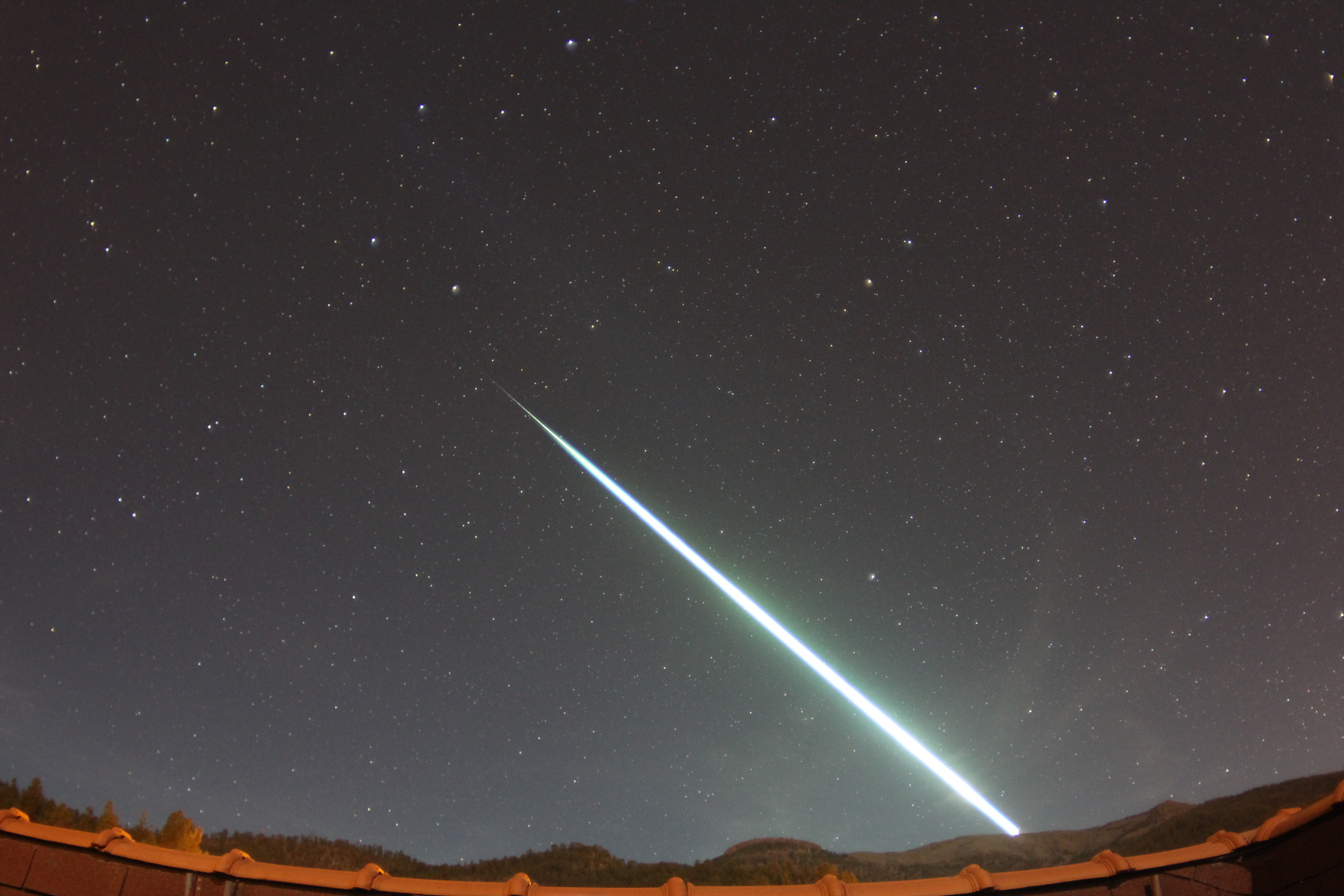
A meteor is the millisecond streak of light
and heat produced when a meteoroid burns
up in the atmosphere.
Mistakenly termed “shooting stars”.
Composition of planets
There's 4 inner and 4 outer planets
Planets in our solar system have differnet compostition depend on where they are in relation to our Sun.
The Terrestrial Planets formed close to the Sun where temperatures were well suited for rock and metal to condense. The Jovian Planets formed outside what is called the frost line,where temperatures were low enough for ice condensation.

For Jovian planets
Gases condense
into icy particles
Icy particles
began to clump
These clumps
accrete more
Clumps form
planetesimals
Planetesimals
accrete more
Jovian planets
formed
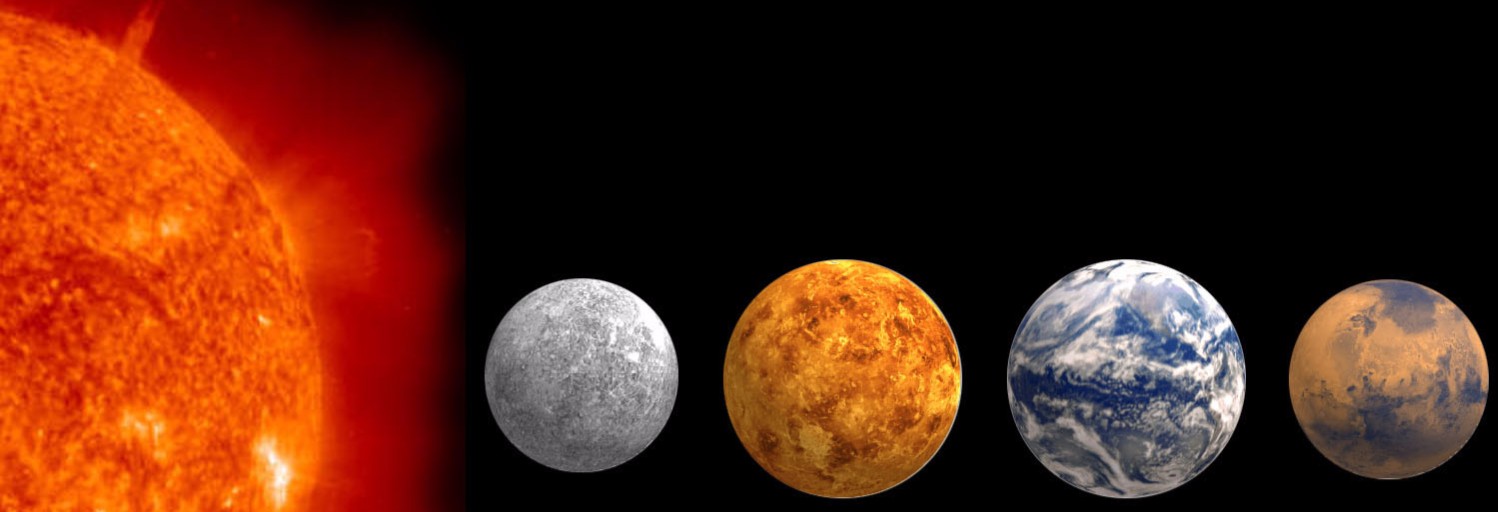
TERRESTRIAL PLANETS FORMATION:
Gases condense
into rocky
particles
Rocky particles
began to clump
These clumps
accrete more
Clumps form
planetesimals
Planetesimals
accrete more
Terrestrial
planets formed
Interaction between star, planets and satellites
Great example to explain this is the sun,moon, earth system.
The Sun and the Moon have a
significant effect on the Earth.
The system is complex and dynamic.
The Moon orbits around the Earth about
once every 29 days.
Causes the different shape of the moon we see on earth
The Moon produces a tidal bulge under
which the Earth rotates producing 2 high
tides and 2 low tides per day ie. every 6
hours
The gravitational pull of the Moon and
Sun both contribute to ocean tides on
Earth.
Special Tides: Spring Tides
Spring Tides:
The Sun and Moon are in line with one another When Their gravitational pull is combined The Tides are higher than normal
Effects of space on humans
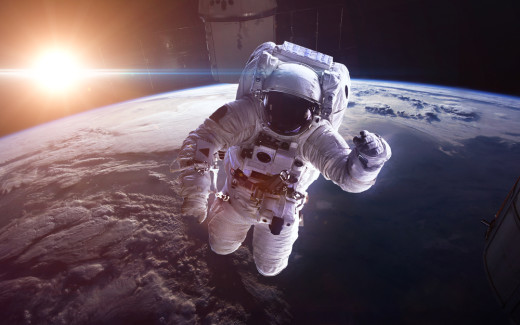
Lack of
Gravity
Body Fluids
Body fluids begin to decrease
equally, causing “bloating”
Blood pressure may change, causing
astronauts to pass out_ when they
first come back from space until the body
reacts to our Earth’s conditions
Bones
and
Muscles
Without gravity, bones are no longer needed to support your body. As a result, you may lose 1.5% of bone tissue per month of being in microgravity Muscles begin to weaken also due to the lack of forces against them
Skin
Without an atmosphere for protection the body
is exposed to high amount of solar radiation
which can lead to high rates
of tissue breakdown and can lower immunity
